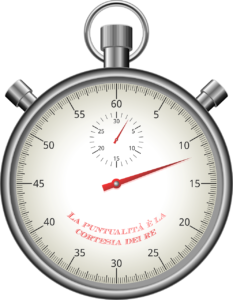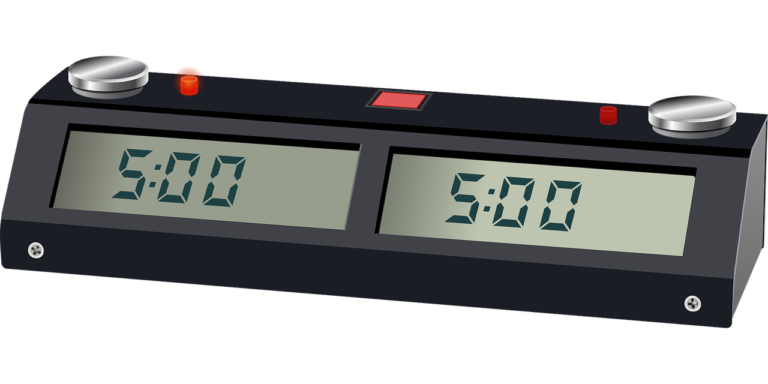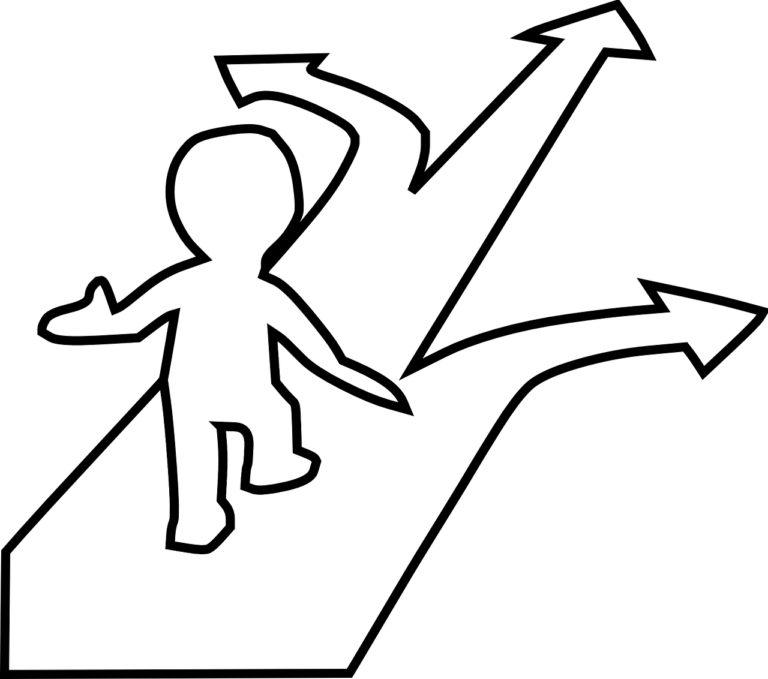Learn Swing Trading – Why many traders succeed with it
- Von Thomas

Anyone can learn swing trading. But what does it mean anyway? Swing, this word has several meanings. Swing, sway, swing, pendulum. But in the end it does not matter how we translate the term exactly. Far more important is what it means in trading.
And this is also the main topic of the following article. We will deal with the question of what a swing trader does and how swing trading differs from other trading approaches.
For this purpose, we will first look at what trading styles there are and what distinguishes them. Only then will we move on to swing trading, because it first requires a knowledge base.
Trading Style
Just as there are different asset classes (stocks, commodities, bonds, currencies, etc.) that can be traded with different products (CFDs, futures, ETFs, stocks, options, etc.), there are different ways to trade.
Scalping, day trading, trend trading and swing trading can be mentioned here. On closer inspection, it becomes apparent that the classification is mainly based on the time component, which we would like to deepen together in the following.
Scalping
Scalping should be and remain reserved for trading professionals. Because here it is about trading every second.
And what sounds like stress is also stressful. When scalping, trades are opened and closed again a few seconds later. So scalpers trade frequently. Often several hundred times a day. In – out. That is the motto. And it’s obvious that this is quite time-consuming.
And not only in terms of physical resources. Because trading every second demands full concentration. You have to be completely focused and every wrong click can cause high losses.
So scalping is not something you should do in the evening when you get home from work, quickly after dinner and before going to bed. Because fatigue is anything but conducive here.
However, scalping also requires mastering the tools down to the last detail. Having to quickly find the sell button in the trading platform – that’s a nogo. Likewise the position sizing. 3x long in the Dax Future instead of 1x?
That can end badly. Double the long position instead of closing it? Happens, if you hit the buy button instead of sell.
A scalper is a skilled worker who can operate his tools in his sleep. And these tools must be of high quality.
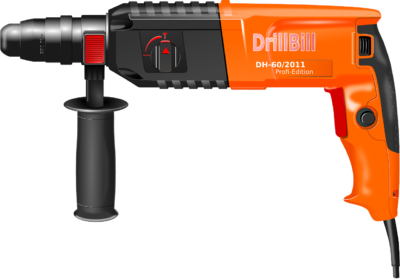
The wireless mouse, which has just switched back to stand buy mode, is not the ideal instrument for scalpers.
Neither is the wireless keyboard, which has just lost its connection to the PC again. Wired equipment is needed here. Special keyboards and mice for scalpers exist, but cost a few thousand euros.
Conclusion: Scalping as written at the beginning is only something for people who are fully dedicated to trading.
For professionals, this trading style is absolutely unsuitable, especially if you are still at the beginning of your trading career. So what about day trading? Let’s see further.
The holding time of a trade ranges from a few minutes to several hours. Day traders are also skilled workers who have to master their tools, because here, too, things can and sometimes must happen quickly.
On the other hand, some day trading methods require good seat meat. Because short term can sometimes be quite long if you trade in 15 minute intervals and the trade is now already running for several hours.
But what is it about the time units? What do you trade and how?
Timeframes
The term time unit comes from the display forms of charts that traders usually like to work with.
Charts, i.e. graphically prepared data series of security prices, can be displayed in various time intervals in the commercially available trading platforms.
For example, if you choose the very popular candlestick setting in this country, where each candlestick shows the high/low/opening/closing price, this display can refer to any possible time interval.
Frequently used are 5 minutes settings, 15 minutes settings and 60 minutes settings. For the sake of completeness, we mention that there are also daily charts, monthly charts or annual charts.
So the time unit is not only important in day trading but also beyond. Even more: the most frequently chosen time unit is the daily chart. But let’s get back to day trading
What makes day trading day trading

As we now know, a day trader can work in different time units. However, he does not have to commit himself to one time unit in its entirety, but can combine them.
Day traders even like to change the time units very often, for example to check whether their entry signal, which they got in the 15 minute chart, is perhaps confirmed in the 60 minute chart.
The same then applies under certain circumstances for the exit from the trade.
However, what ultimately makes day trading is that the trade is by no means “carried over” into the next trading day. Holding a share overnight is therefore largely taboo. Largely because there are exceptions here as well.
There may be situations where the day trader spontaneously and flexibly decides not to end the trade before the market closes.
Here, too, there are numerous techniques to accomplish this. But in the end, it remains that day traders avoid the so-called “overnight risk” and open and close their trades during the trading day.
Day trading for people working 9-5
Should or can a, and we do not mean this term in a derogatory way, after-work trader turn to day trading?
There are many things to consider here.
Day trading is certainly much less strenuous than scalping.
But even here you sometimes have to make quick decisions.
So a day trader also needs good tools and must master them.

The hurdle remains that a working person after work, if he has a partner, children or other interests, finds little time to daytrade.
Sure, the US stock exchanges are open until 10 p.m. CET and you can usually daytrade for many hours in the evening. Nevertheless, you are limited because you will probably miss interesting market phases like the US Open (Wall Street opens at 15:30).
But if you are not too tired after a hard day’s work and you align your opportunities with your resources, there is nothing against day trading for working people.
Now, conversely and as a distinction from the day trader, when we look at the next trading style, does a swing trader always stay positioned overnight? We will talk about this in the following lines.

Swingtrading
Besides the different meanings of the word swing when translated into German, there are also different names for the technique of swing trading itself. Some call it Contratrend trading, some Mean Reversal. Some simply call it reversion.
All these terms already reveal something about this trading style. Because the lowest common denominator here is the fact that one speculates on a market reversal.
And here comes the break in style of the previous contribution. Suddenly it is no longer about the temporal component as in scalping or day trading but about the technique itself. How this fits together, we learn here.
Confusion of terms in the trading industry
If we look at the 4 trading styles again at a glance, i.e. scalping/day trading/swing trading/trend trading, the last two terms (swingtading & trend trading) somehow do not really fit.
Because I can also trade trends as a day trader and swings as well. So why this classification and where does the confusion come from?
So far, we listed the trading styles in such a way that the time factor and thus the holding period of a trade played a major role.
While scalping is about seconds, day trading is about minutes or hours. Now, following this scaling, it would be the turn of trades that last for several days.
And here we have now landed in swing trading, although from our point of view, the term can not be classified at this point.
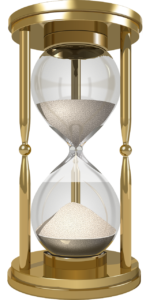
Rather, swing trading should better be called position trading.
And the term trend trading should be deleted without replacement, because the trading of a trend also works on the daily chart as well as on the weekly chart or in the 1 minute chart.
With trend trading one means namely that one remains positioned longer than only the few days of a swing trader.
But the holding period should not require at this point the division into two other trading styles (namely swing trading vs. trend trading).
Die aus unserer Sicht richtige Klassifizierung von Trading Stilen lautet daher:
- Scalping
- Daytrading
- Position trading
Since 1 and 2 have already been discussed, let’s continue with 3.
Position trading in practice
Position trading is the trading style that plays into the hands of the working trader.
Usually a position trader who trades stocks or stock CFDs uses the peculiarity that the stock exchanges are not open around the clock but close overnight.
This standstill also has some disadvantages, for example, it allows price gaps, which we will not go into here.
Closed exchanges mean that calmness and distance come into trading, which can only be good for a beginner.
Furthermore, a position trader almost always buys at the opening or closing of the market and can set his orders in such a way that he does not have to be present in person for them to be executed.
And both orders are activated only when the main buy order is executed (if than).
The possibilities are unlimited and all options have in common that they save the resources of the working trader.
Trading is partially automated and the trades themselves run by themselves anyway. So you can get work, trading and family under one hat.
This is because the signals are generated when the markets have closed. Based on the last closing price, new trading opportunities are sought.
And even if you trade on the US stock exchanges, this closing price is fixed at 10 pm our time. So in the morning, before you go to work, you can screen the market, calculate position sizes and place trades.
And then go to work with peace of mind, because nothing and no one requires or demands the personal presence of the trader at the moment when the trade starts.
Only one problem remains: the right thinking in connection with letting things take their course. What we will talk about next.
The psychology of letting go
Many traders suffer from a kind of control compulsion. They want to be present when their trades are running.
They want to observe and thus have the situation “under control”.
But in the end they are lying to themselves, because how can you have something under control that you cannot influence?
At this point you often hear statements like: “I have to be there when something happens”.

First: what for? Secondly: yes what is supposed to happen? And even if a lot happens, what should you do except stick to your plan?
And the plan should be automated anyway, besides the fact that it was chosen wisely. See the order techniques described above, which of course can also be used for day trading.
Note: Scalping really requires permanent presence. But with day trading it looks different. Position trading is anyway a technique that can be delegated entirely to the technique.
But before we brush observing aside so quickly. Let’s consider what you can do when you observe a trade. You can react.
But what is the right decision when you don’t know what will happen in the future? Get out now or let it run? Tighten the stop now or not? Get in now or later?
Can there be an answer here that is right? Can you actually make mistakes here? Yes and no.
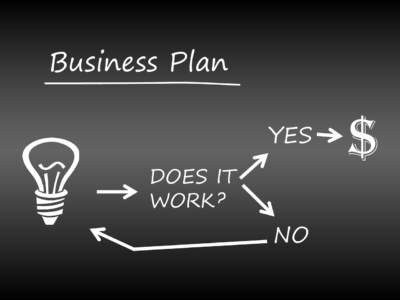
Yes – but only if you don’t stick to your plan.
No – because you only know what would have been right when it’s too late.
Yes – you can make mistakes when you use a trading plan that doesn’t work at all.
No – if you follow your trading plan that works, but it doesn’t work in this particular trade.

And so one could continue endlessly with the yes and no game.
Trading is not about making the right decisions in a single trade. It’s about developing a trading system that works on balance.
And in which the individual trade has no meaning. And with that, observing and controlling becomes obsolete. Because it is a waste of time and leads to mistakes. To rash actions that one usually regrets later.
Now let’s get to a real definition of what swing trading actually means, and see how to classify trading strategies better than by holding period, as we did (deliberately wrongly) at the beginning (because this is often misrepresented in the trading industry).
The overall trading strategy
Swing trading, which was mentioned at the beginning but there deliberately “casually”, means speculating on a market reversal. And that should make us alert.
Because the legitimate question is: does that make sense? Does the market need to reverse? What if it continues to run in the direction it is already running. What if prices continue to rise or fall?

A justified objection. Of course, the market can continue in the current direction. But it can also reverse. Therefore, trading models are correctly divided into the following categories for all three trading styles:
- Pro Cyclic
- Anti Cyclic

And in swing trading, where, as is well known and as already written, one always enters anti-cyclically, one just classifies in the second category.
Pro-cyclical, on the other hand, is an entry that follows the prevailing trend, which again confronts us with the term trend following, which, when applied here, suddenly makes sense. Let’s look at both possibilities now.
Pro Cyclical entries
If I follow the trend, then I bet on a long trade when prices are rising, i.e. on further rising prices.
It does not matter what my signal generator is. Whether I enter according to market technique or with indicators. Pro Ckylic means: the stock has risen in the last few days (note: or in any other time unit) and I now assume that it will continue to rise.
So I buy the winners of the last days (hours, minutes, weeks, etc.).

So I assume that the momentum (strength) will continue. And with that I enter per cyclical or trend following. How long one then remains positioned is a completely different question and has nothing to do with the entry itself.

Anticyclical entries
In this category, I go against the trend that is currently prevailing.
I buy the losers of the last days (hours, minutes, weeks, etc.). The basic idea, put simply: enough is enough.
That was too much. For example, the stock has fallen far too much. One speculates now on the fact that the course turns, if one enters long.
Swing traders thus reach into the falling knife. This is not reckless, but this is how this trading approach works.
Swing traders go against – hence the name Contratrend Trading. Or Mean Reversal – return to the mean or normality. Enough exaggeration. Enough falling. Now the stock should rise again.

Again, how long you stay positioned when you’ve entered against the trend has nothing to do with the entry.
That, as the saying goes, is a completely different matter. And now, of course, comes the most important question of all. What to focus on, what is better? We’ll discuss that in the next chapter.
Pro or Con? Or Swingtradig vs. trend following
First of all, we would like to note that it is not important which of the two options they like more. It doesn’t matter in trading what they like or what they like. What matters is what works better. And since we can’t solve that by thinking, we have to test it.
To make this clear: every market has its own laws.
And also every time unit works differently. If you find out that stocks on the daily chart respond better to procyclical entries than to anticyclical ones, then this tendency may look different for commodities.
If one trades currencies perhaps better with swings, one is perhaps better advised with indices with trend following.
It is impossible to know this in advance without having checked it. In fact, this is the first thing a trader must do when trading a market.
He must know whether to enter pro-cyclically or anti-cyclically. And he has to take into account his time unit, because this basic tendency can – but does not have to – change from time unit to time unit.
Conclusion Swingtrading
Swing trading is a trading category that is often confused with position trading.
In swing trading, it is not important to hold stocks for several days, but to enter the market contrary to the current trend.
The opposite of this is trend following and breakouts, which have not been discussed here yet, is a subcategory of trend following systems.

Pro or anti is therefore not a question of personal preference but a question of the selected target market.
What does it respond better to? After all, why perhaps trade trend following when swing trading would be better?
Or vice versa. Either way, you only know the answer to the legitimate question of which is better if you subject your target market to a comprehensive test.
And that’s the first step to successful trading, no matter what markets or time units you ultimately choose.
Your next step is our invitation to our free Basic Trading Course, which tells you the basics of this business.
Take advantage of this temporary offer and dive with us into the topics of stocks, the stock market & trading. We wish you much success!



